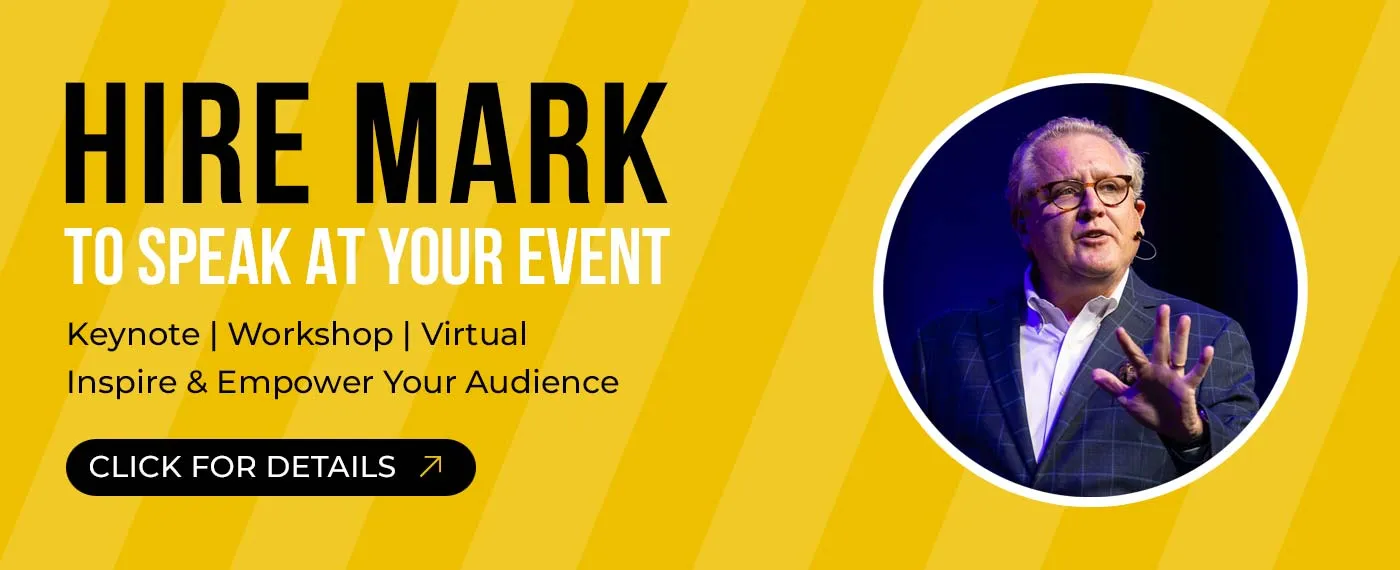
The web is filled with posts exhorting us to be more human with our content.
Be authentic.
Take a stand.
Speak your mind.
I’ve written a few of those posts myself! But in the real world, here’s the feedback I receive nearly every week:
- “Our company expects us to sell, sell, sell and they won’t approve any content that is not a sales pitch.”
- “Legal has to approve every piece of content we create, and then it comes back plain vanilla.”
- “We’re a multi-national company. How do you consistently scale “human” in a way that is meaningful and respectful to many cultures ?”
It’s easy to pontificate about “being human” in your digital marketing presence. But the fact is, the cultural transition from a mindset of “sell, sell sell,” to “help, help, help” is excruciating. The struggle is real. Most companies are suffering through this, and overcoming company culture issues can be soul-crushing.
So what do you do? Let’s tackle this today.
Human content starts at the top
Your social media or content success won’t be determined by a large budget, a talented staff, or a creative plan. The biggest predictor of success is company culture.
Changing a company culture is exceedingly difficult. It is no less difficult than telling France “We want you to stop being France and start being Russia. Put the wine and cheese away. We’re serving vodka and caviar now.”
Would that work?
Only over a very long time, with a lot of patience, incentives, and strong, unwavering leadership … and even then, you may never change the old-timers who love their wine.
There is no such thing as a grassroots cultural change at a company. The change must be led by the person at the top who controls the strategy and the budget.
So perhaps social media success does not start with a Facebook ad or a new Twitter account. The first step is often patient, long-term executive education. This could be a topic for many, many blog posts but this is the biggest challenge in almost every company and a logical place to begin.
In terms of changing a leadership culture, there are three tactics that seem to be working:
- Carefully curate blog posts and other content pointing to current marketing best practices and expose this to executives over time
- If the team is open to learning, host monthly lunch and learn sessions about current digital marketing topics. Free food normally attracts a crowd!
- Bring in an outside expert to say the things that need to be said. Sometimes you need an outsider to shake things up.
Working within the guidelines
Cultural change through executive education may take a very long time. What can you do in the meantime?
Here are a few ideas to drive successes even when a company is stuck in the marketing mud:
A pilot — Propose a low-risk change with a finite ending date and clear measure of success. A few low-level successes can add up to big changes over time.
Curate content — I have seen a strategy of content curation work in slow-moving conservative industries such as pharma and insurance. It might be difficult to create your own content, but summarizing the work of others could work.
User-generated content — There is a lot of “human” content out there from real humans — your customers and those talking about you. What are your options to corral and amplify this content?
Non-conversational content — Many conservative companies get caught up in the legal implications of comments and response. One option is to create content in a way that does not generate a lot of online conversation like infographics, podcasts, and content that is meant to be distributed through non-company channels.
Engaging legal — One wealth management company I work with hired a lawyer to be part of the marketing team. Even in a regulated industry, content was approved within an hour.
Lead team — If your company is open to moving in this direction, I recommend creating a Social Media Lead Team. Identify all the people/functions who have to make this strategy work on a day-to-day basis. This might include Legal, HR, PR, IT, Marketing, and Sales. Everyone has a role in knocking down barriers to progress.
Re-purpose — Even conservative companies have lots of content: marketing materials, FAQs, speeches, company videos. How can you re-purpose this pre-approved content in customer-friendly formats?
A focus on analytics — The beauty of social media is that it comes with a lot of data attached to it. How can you use this data, even from something like Google Analytics, to get your leadership excited about social media and content? Use the language of the business, connect with the corporate mission and priorities.
The ultimatum
I once had a student ask me how to survive in an organization that was simply “selling, selling, selling.” She could not be effective in this environment and was ready to quit.
In this case, you really only have two options: patient education leading to cultural change or leaving for a new job.
Sometimes there is no easy answer. In many companies I work with, it may take years of retirements for real change to occur. Hard to believe that social media marketing is such a mainstream concept and yet we are so very far away from having a meaningful presence in most companies.
If you’re in one of those places, and you’re hungry for change, the only option may be a career change. There are lots of cool companies out there who need your energy and vision for a more human web!
I want to emphasize that I am not against “selling.” A company can only survive if there is money coming in. However, marketing today, especially through digital channels, has to be more customer-focused. You can’t interrupt them and say “buy this.”
Are you struggling with this transformation? What is working or not working in your company?
 Mark Schaefer is the executive director of Schaefer Marketing Solutions. He is the author of some of the world’s bestselling marketing books and is an acclaimed keynote speaker, college educator, and business consultant. The Marketing Companion podcast is among the top business podcasts in the world. Contact Mark to have him speak at your company event or conference soon.
Mark Schaefer is the executive director of Schaefer Marketing Solutions. He is the author of some of the world’s bestselling marketing books and is an acclaimed keynote speaker, college educator, and business consultant. The Marketing Companion podcast is among the top business podcasts in the world. Contact Mark to have him speak at your company event or conference soon.
Follow Mark on Twitter, LinkedIn, YouTube, and Instagram.
Illustration courtesy Unsplash.com


